Cardio vs resistance training: which is best for weight loss?
Are you better off hitting the treadmill or grabbing the dumbbells? An expert answers
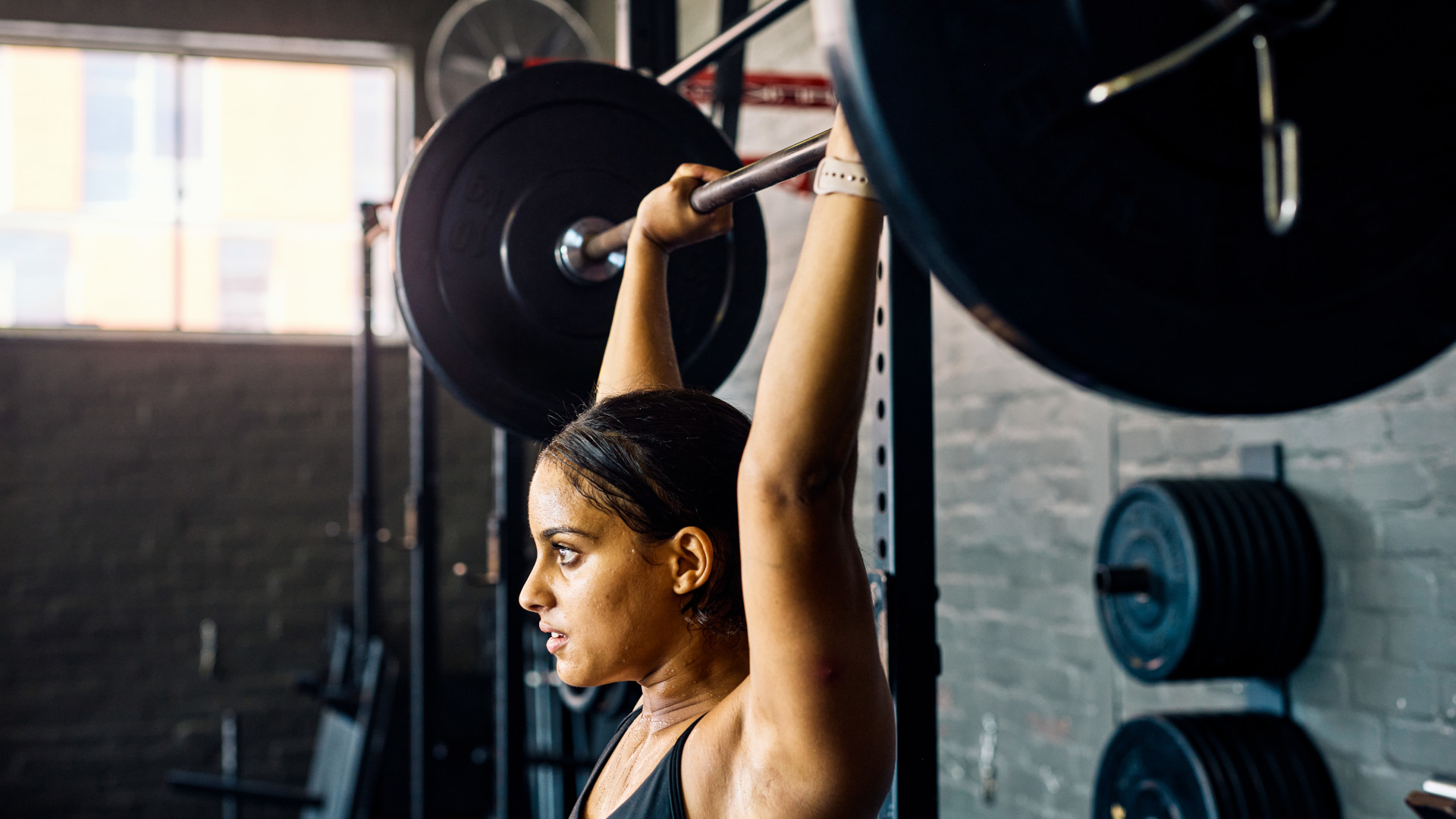

Just like ‘Is it better to do cardio before or after weights’ is one of the most popular fitness-related questions, so is whether cardio or weights is better for weight loss. Both types of training are incredibly popular and should have a place in your workout programme, but when it comes to weight loss, does one take the pedestal?
We spoke to an expert to cut through the noise so you can find out which you should be focusing your efforts on the most—cardio, resistance training, or even both. But, before we dive into that, a quick recap on what these two types of training modalities involve…
Cardio vs resistance training: what’s the difference?
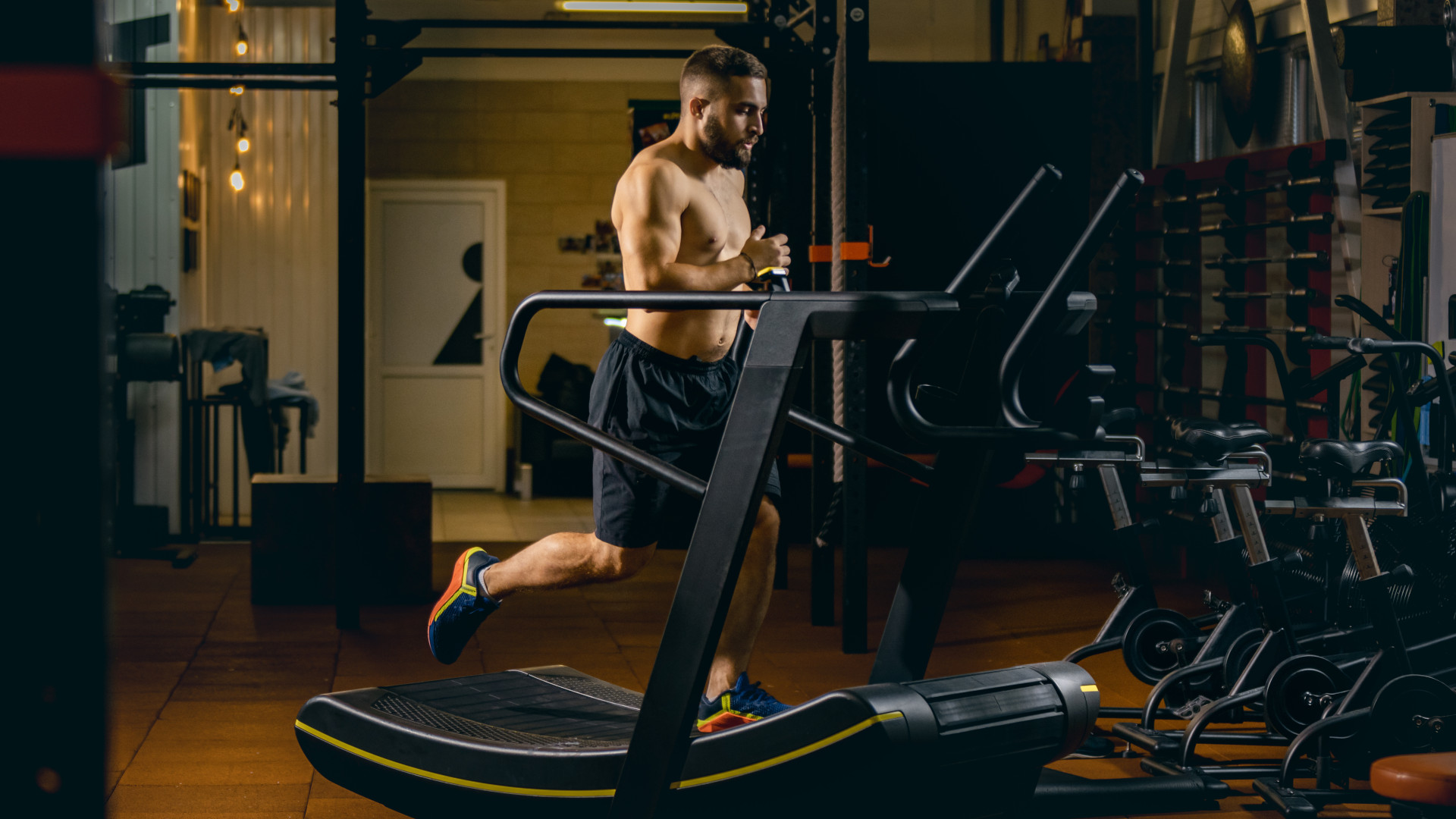
Cardiovascular training is any type of exercise that works your heart and vascular system. “It primarily uses the aerobic energy system (which uses oxygen for energy) and will increase your heart rate and breathing,” says Eryn Barber, certified personal trainer at The Fitness Group. People often tend to gravitate towards the exercise bike, treadmill, rowing machine or even walking for this type of training, but you can in fact use weights for cardio too.
“Resistance training, however, is a type of exercise that uses resistance, in particular weights, to build muscle and increase strength,” she adds. This could be anything from free weights, like dumbbells, barbells and kettlebells, to workout machines, resistance bands or even your own bodyweight.
Cardio vs resistance training: what are the benefits?
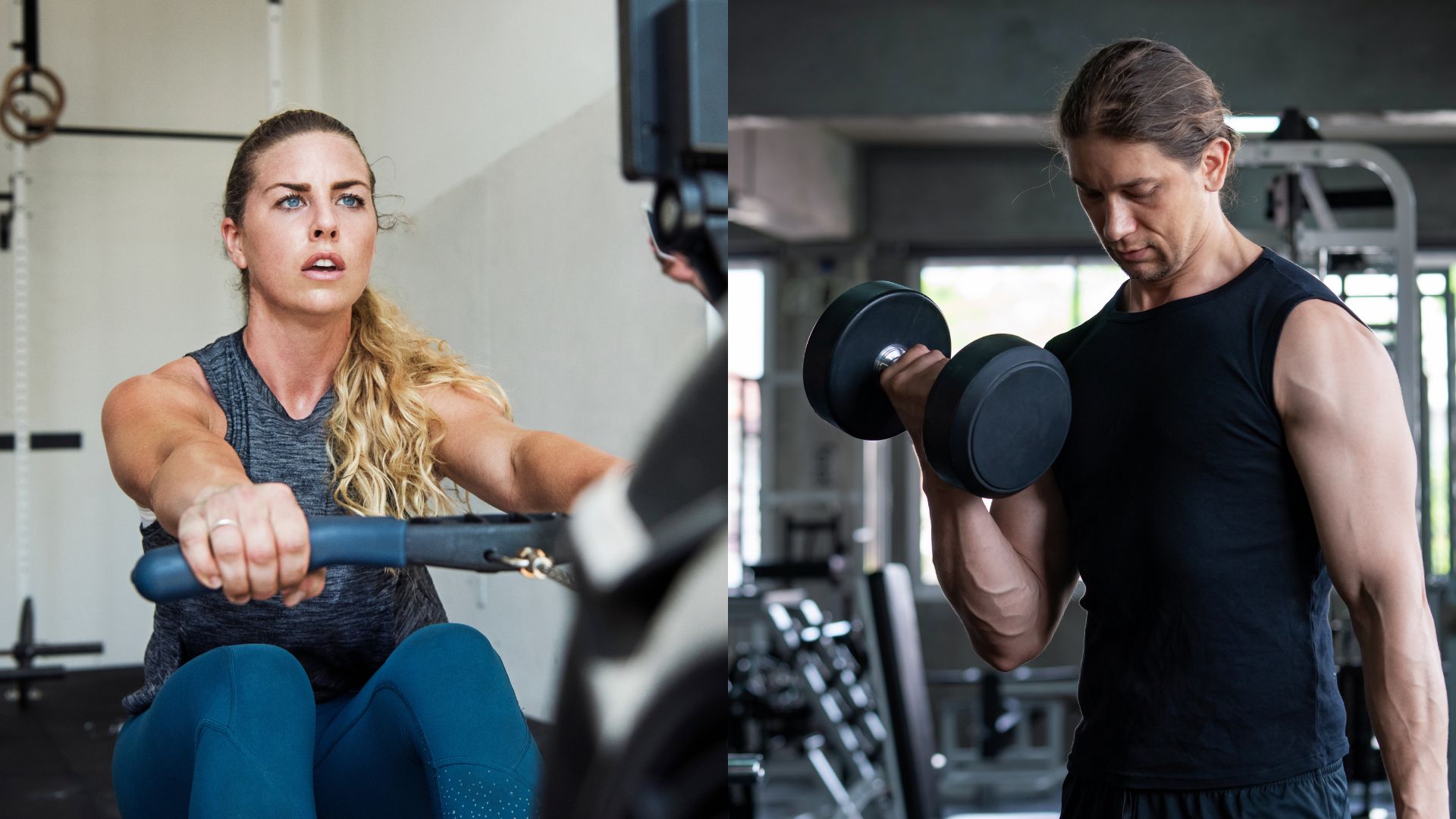
Below, Eryn gives a quick dive into the benefits for both cardio and resistance training, starting with the latter…
Resistance training benefits:
- It builds muscle: Strength training helps to build lean muscle mass which will give you a ‘toned’ appearance. The more muscle you have the higher your basal metabolic rate (the amount of calories you burn at rest), which means more calories burned and a reduction in body fat. A little more on this below...
- It improves strength and bone density: The more muscle you have, the stronger you become, but this isn’t just beneficial for trying to hit a new squat or bench PB. It will help make everyday activites easier too. It's also great for your bone health too, and can slow down the rate of osteoporosis.
- It increases your metabolism: Building muscle increases your metabolic rate as muscle tissue burns calories quicker than fat tissue. The more muscle you have the quicker you’ll be burning calories. Your metabolism also increases for 48 hours after a strength training session. One study found that after 10 weeks of resistance training three days a week, participants' resting metabolic rate increased significantly (by 15%), but didn't for those who took part in aerobic training.
- It aids better mobility: When you lift weights, exercises take you through movement patterns you wouldn’t usually perform in day-to-day life, increasing your range of motion so that you can move better and more freely.
Cardio training benefits…
Sign up to the T3 newsletter for smarter living straight to your inbox
Get all the latest news, reviews, deals and buying guides on gorgeous tech, home and active products from the T3 experts
- It improves your cardiovascular health: When you include cardiovascular exercise into your routine, it will help to lower blood pressure, lower bad cholesterol, and decrease the risk of heart disease.
- It can regulate blood sugar levels: Cardio is particularly good at helping regulate insulin and lowering our blood sugars. This can reduce the likelihood of developing type 2 diabetes and decrease symptoms for those who are already diabetic.
- It burns lots of calories: Cardio is very effective when it comes to crunching calories, with running burning the most. This is because it raises your heart rate and uses your aerobic energy system, which can be sustained up to several hours. This means we can complete cardio training over a long period thus burning more calories
- It can give your brain a boost: From around the age of 30, we start to lose brain tissue and therefore our cognitive performance declines. However, a study found that participating in cardiovascular exercise can actually reduce this.
- It boosts your mood: While any type of exercise is good for our mental health, the Mental Health Foundation says research found that performing low-intensity aerobic exercise for around 30 minutes, 3-5 times a week over a period of 10 weeks, was most effective at increasing mood.
Which is best for weight loss?
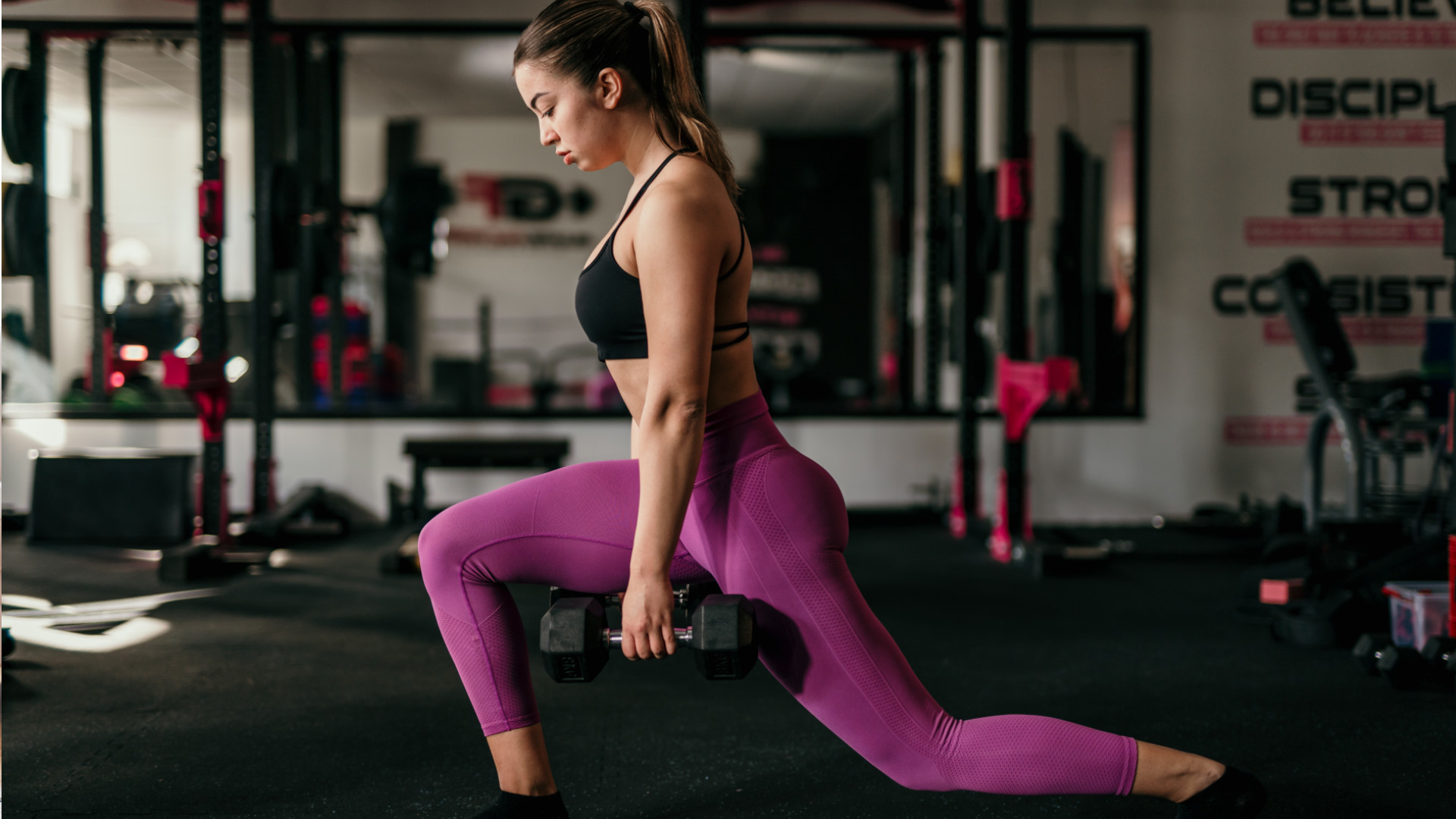
This depends on a few things. Firstly, when it comes to weight loss, you need to burn more calories than you expend in a day, which is why you ideally need to be eating in a calorie deficit. This will more likely help you lose weight than relying on exercise alone. You may have heard of the phrase ‘80% diet, 20% exercise’ and this rings true. That being said, exercise can contribute to you burning more calories. For optimal results, your best bet is to look at your diet and exercise.
Now, does one type of training trump the other? No. Both can help you achieve your goal of weight loss. Lifting weights will help you burn more calories after exercise and build muscle, thus speeding up your metabolism, while cardio training burns more calories during exercise. “Incorporating a combination of both will ensure you lose weight and body fat simultaneously,” says Eryn.
Resistance training is also very good for changing your body composition and helping you achieve that ‘toned look’, as it can build muscle and decrease fat. However, the numbers on the scales may not change. “This is because muscle is denser than fat, therefore after a long period of strength training your weight might not change much, but the decrease in body fat means you’ll look more defined,” says Eryn.
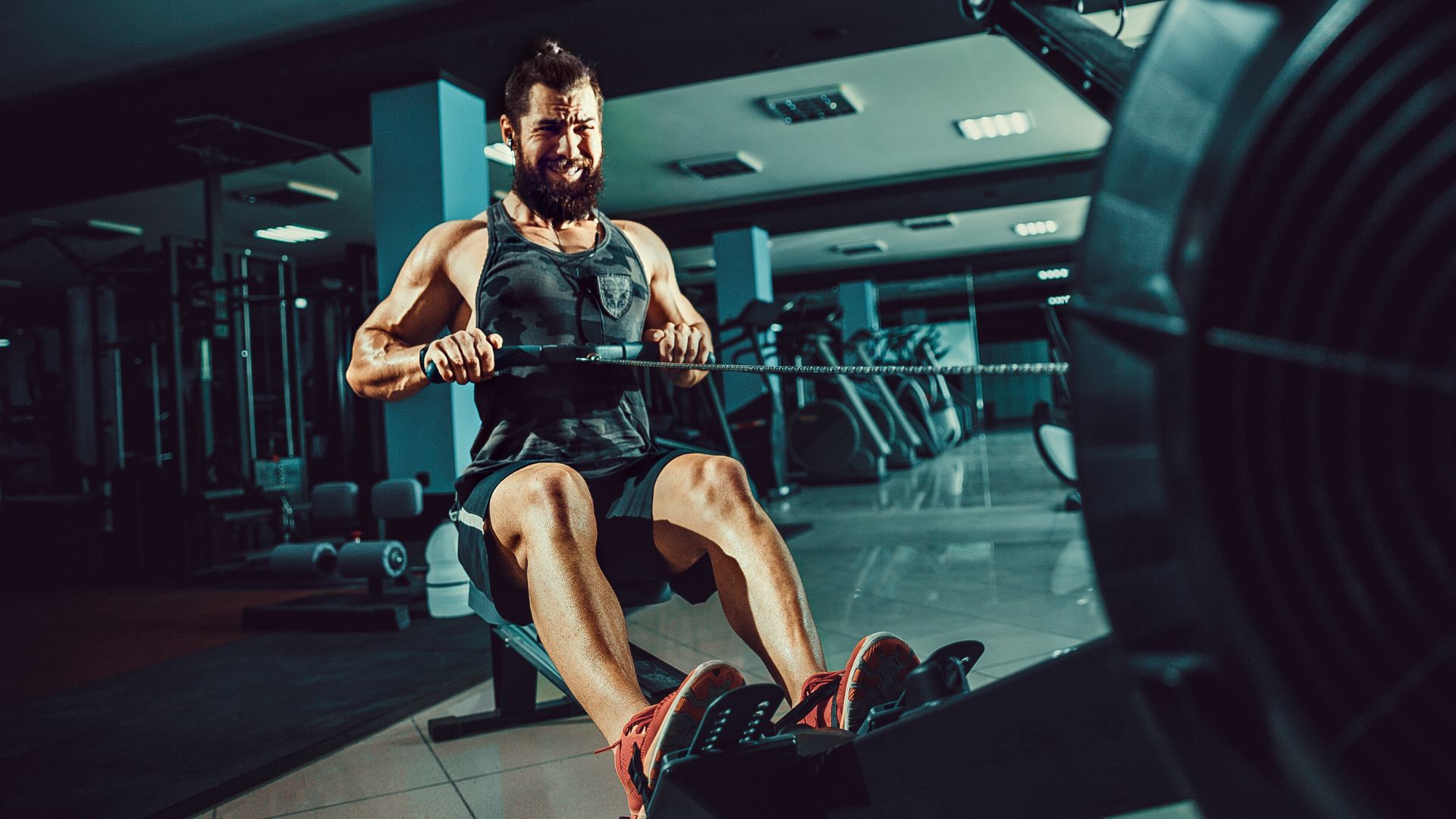
Another thing you need to consider is what type of exercise you actually prefer: resistance training or cardio. We’ve established that both can help you lose weight, however, in order to do this you need to be consistent with your training. There’s therefore no point lacing up your running shoes if you absolutely hate running, as you’ll most likely lose motivation and stop doing it, making no progress. The same can be said for weight training. Being consistent is what’s going to help you see changes long term.
Ultimately, both types of training will help you lose weight, so pick whatever you prefer and can stick to. If you enjoy both, then combining the two will help you reap the most benefits. Not only will you lose weight and body fat, but you’ll also keep your heart healthy while building muscle and getting stronger.

Bryony’s T3’s official ‘gym-bunny’ and Active Staff Writer, covering all things fitness. She recently completed her Level 3 PT qualification with the PFCA to bring a deeper understanding of training techniques, fitness trends, and wellness advice to her writing. In her spare time, you will find her in her natural habitat - the gym - where her style of training is a hybrid of bodybuilding and powerlifting. Bryony loves writing about accessible workouts, nutrition and testing innovative fitness products that help you reach your fitness goals and take your training to the next level.
You must confirm your public display name before commenting
Please logout and then login again, you will then be prompted to enter your display name.
-
 A new age of humanity wins the Sony World Photography Awards 2025
A new age of humanity wins the Sony World Photography Awards 2025Zed Nelson's Anthropocene Illusion highlights the influence of humans on the environment and the artificial spaces left for wildlife in a powerful set of images to win this year's SWPA Photographer of the Year
By Mat Gallagher
-
 How to watch Mario Kart World Direct – everything you need to know about the Switch 2 launch game
How to watch Mario Kart World Direct – everything you need to know about the Switch 2 launch gameNintendo will host a new Nintendo Direct presentation this week, here's how to watch it live and what to expect
By Rik Henderson
-
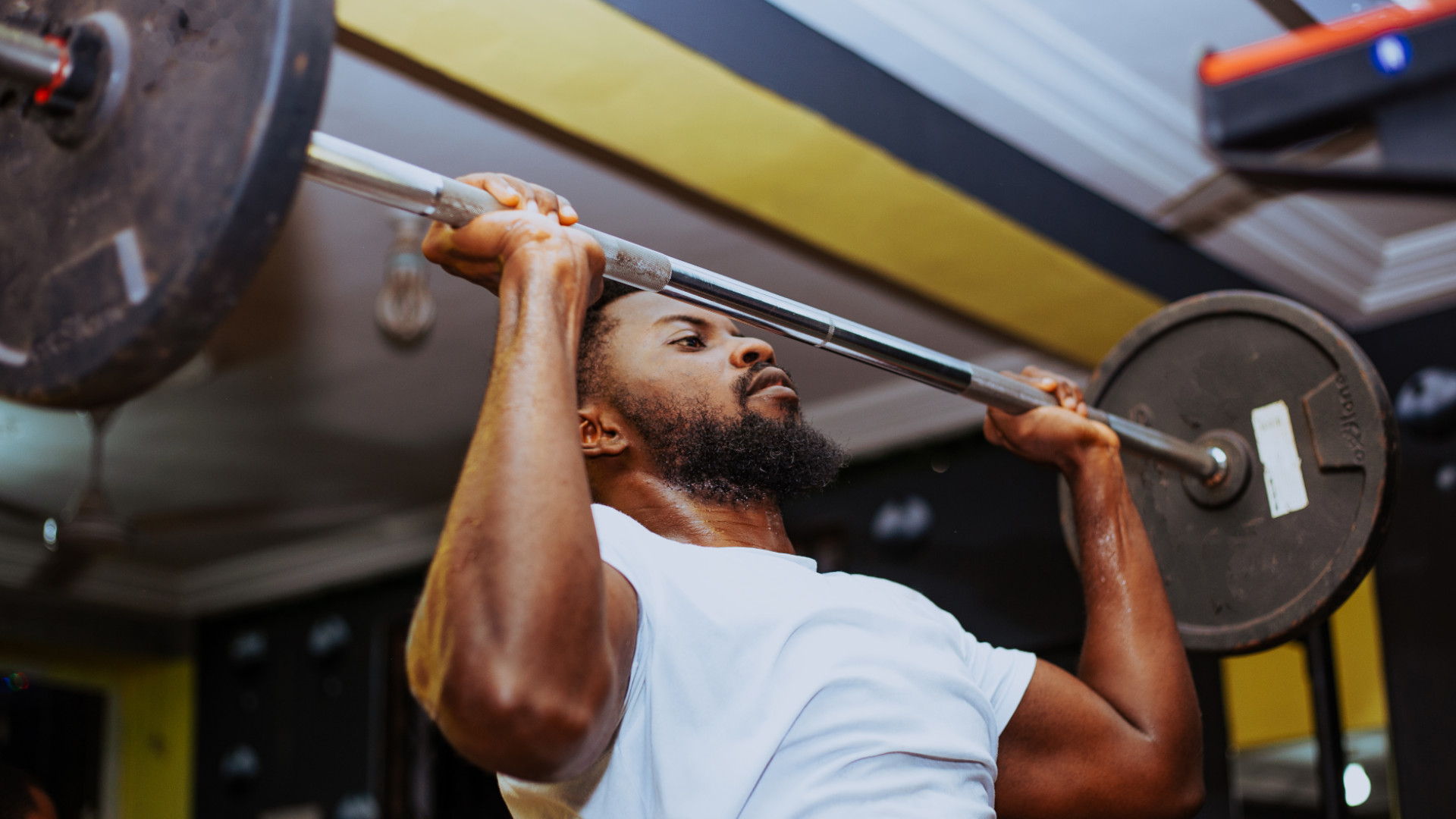 The 5 most efficient exercises for adding strength and size
The 5 most efficient exercises for adding strength and sizeExercise Scientist Dr. Mike Israetel says these are the lifts you should prioritise if you want to get jacked and strong
By Bryony Firth-Bernard
-
 3 overrated shoulder exercises, according to a fitness expert (and what to do instead)
3 overrated shoulder exercises, according to a fitness expert (and what to do instead)Sculpt 3D shoulders whilst minimising injury with these three alternative exercises
By Bryony Firth-Bernard
-
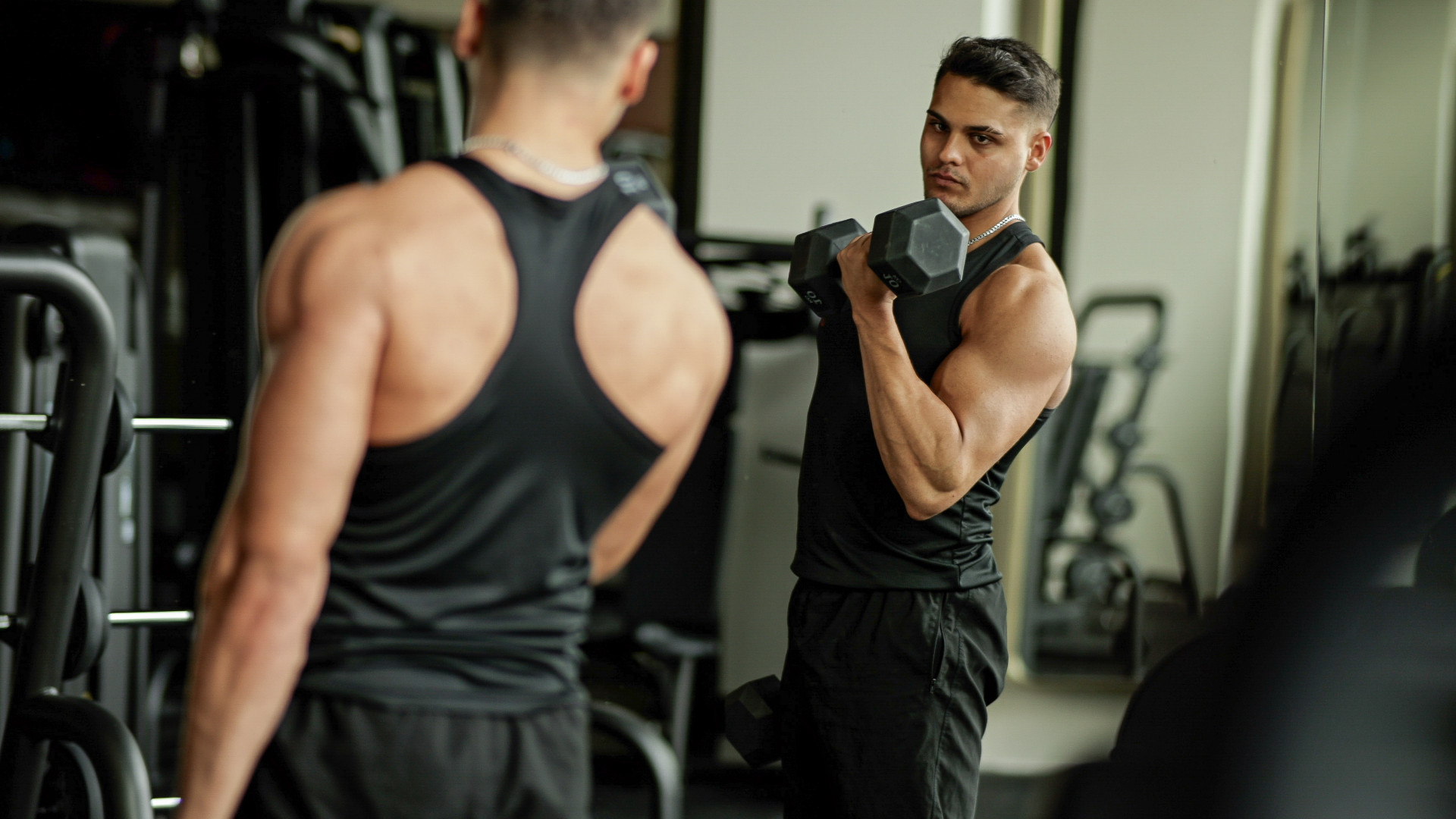 The best biceps exercise, according to science
The best biceps exercise, according to scienceHave you been training your biceps wrong this whole time?
By Lucy Miller
-
 Finally! Represent 247 launches its first womenswear collection, taking you from street to gym in style
Finally! Represent 247 launches its first womenswear collection, taking you from street to gym in styleIt's about time guys
By Bryony Firth-Bernard
-
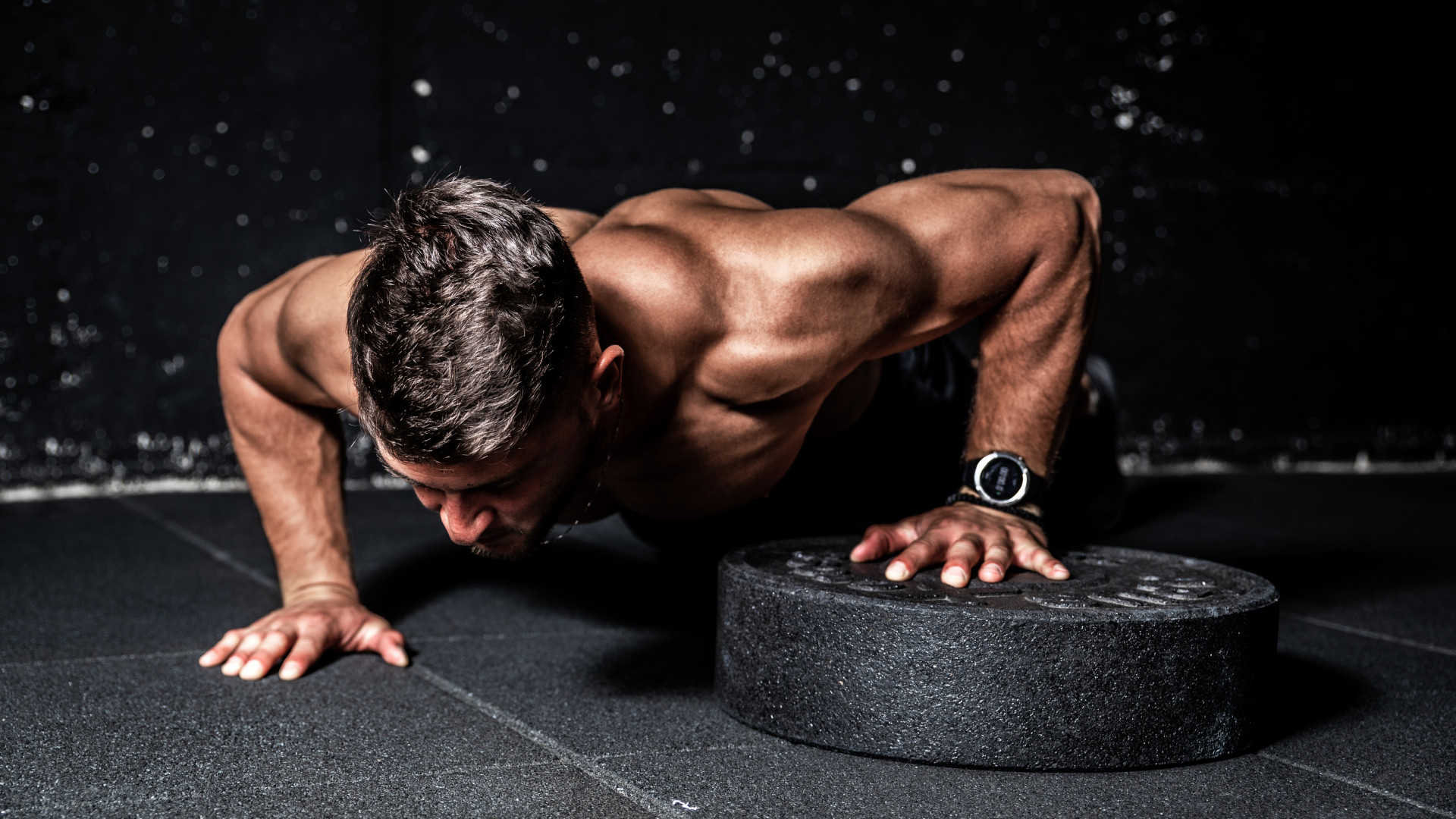 3 chest exercises you’re probably not doing to supersize your pecs
3 chest exercises you’re probably not doing to supersize your pecsA killer pec pump awaits
By Bryony Firth-Bernard
-
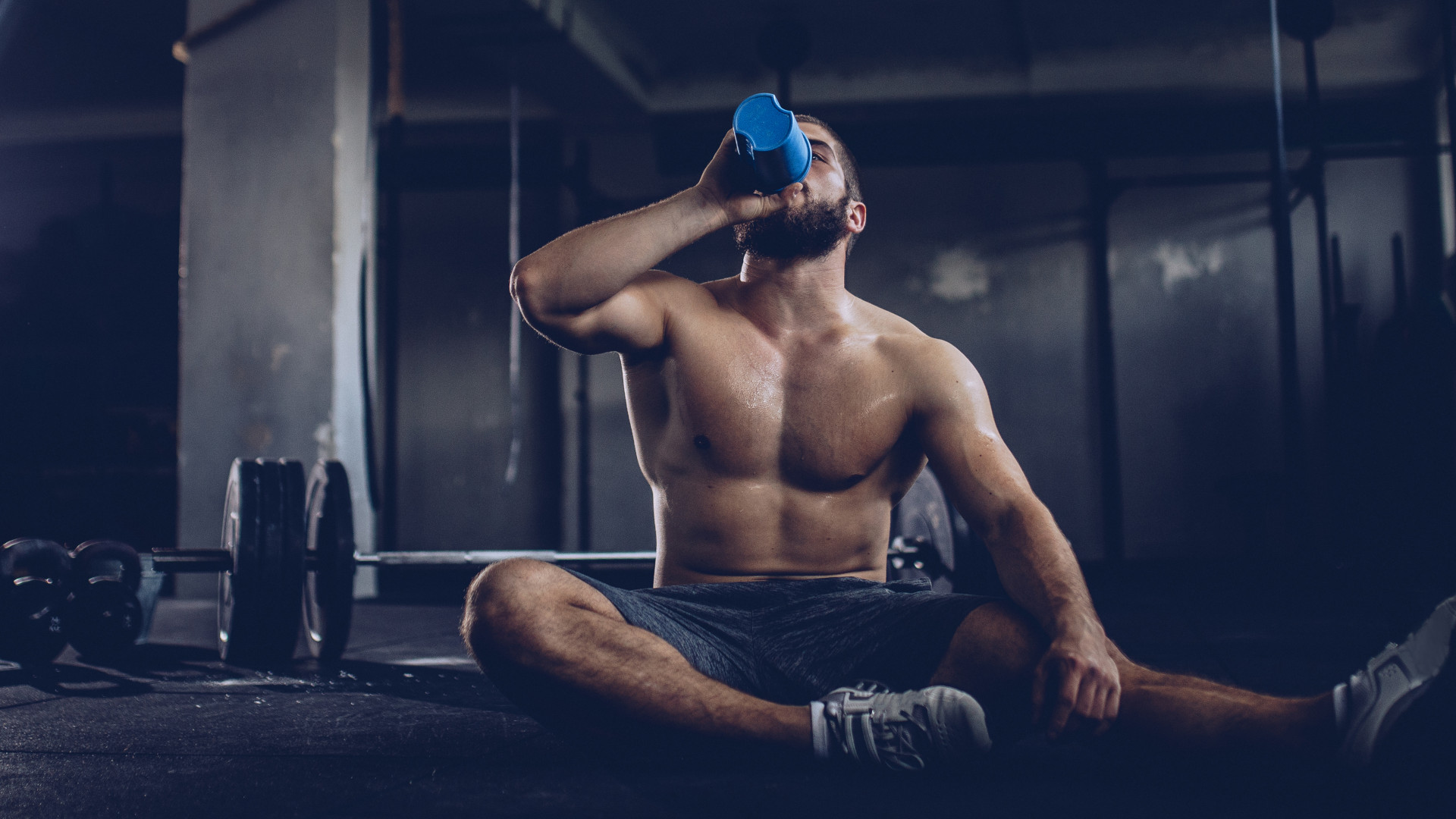 When’s the best time to take creatine?
When’s the best time to take creatine?The science-backed supplement is a must for building strength and muscle, but is there an optimal time to take it?
By Bryony Firth-Bernard
-
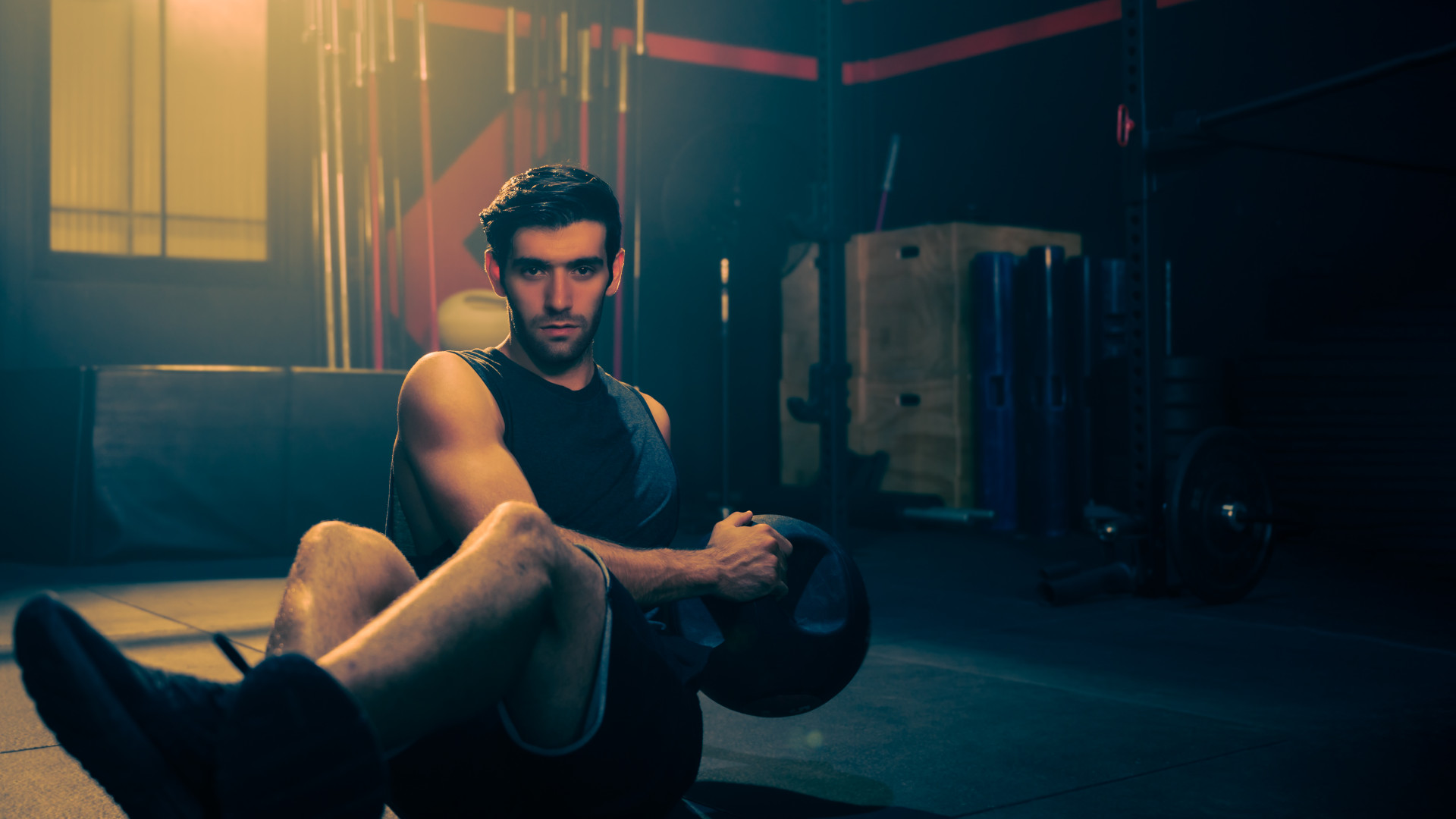 Three overrated core exercises and what you should do instead
Three overrated core exercises and what you should do insteadA fitness expert says these exercises aren’t all they’re cracked up to be
By Bryony Firth-Bernard
-
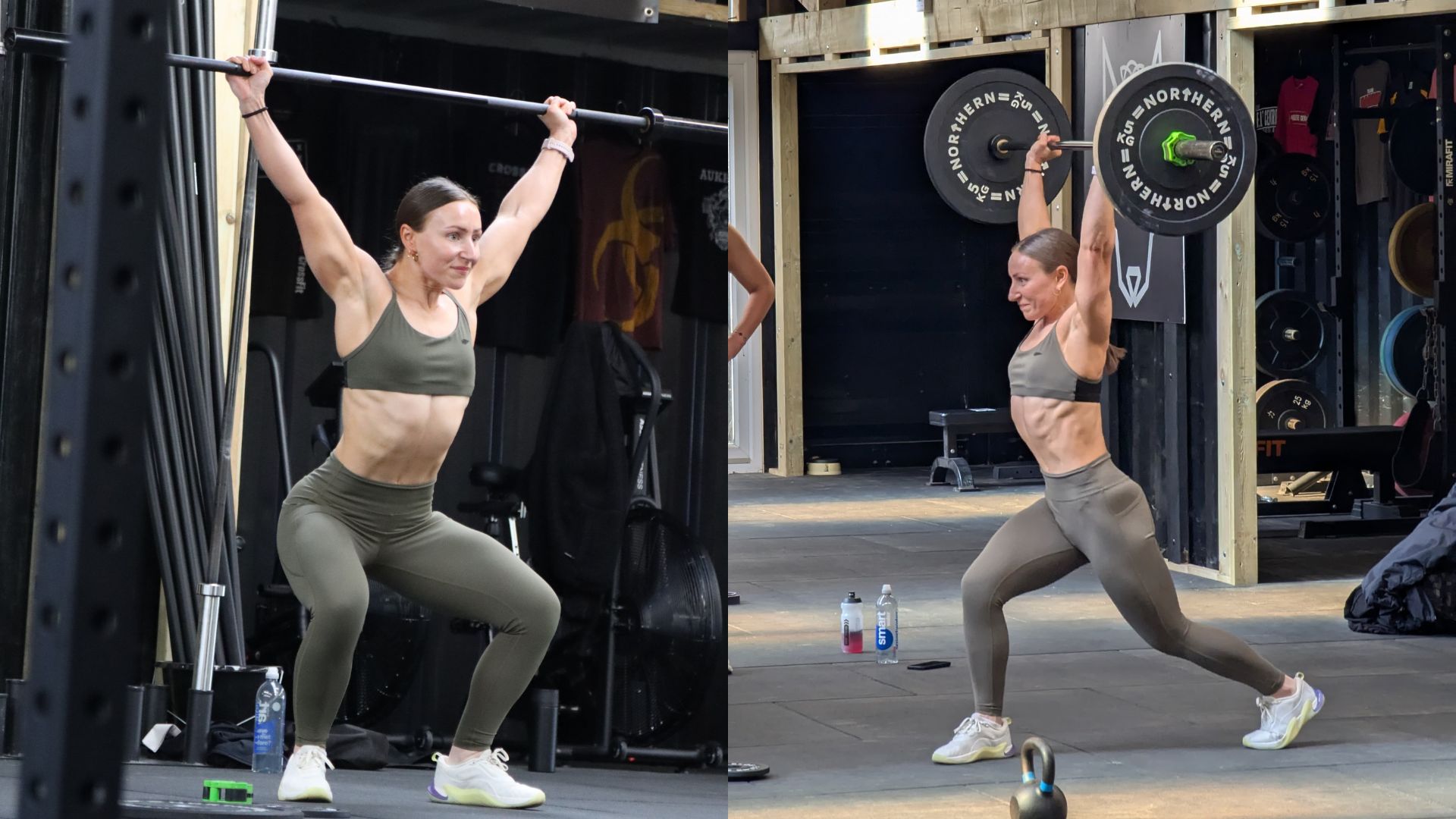 I tried Olympic weightlifting for the first time – here are three things it's taught me
I tried Olympic weightlifting for the first time – here are three things it's taught meBeing strong simply won't cut it
By Bryony Firth-Bernard